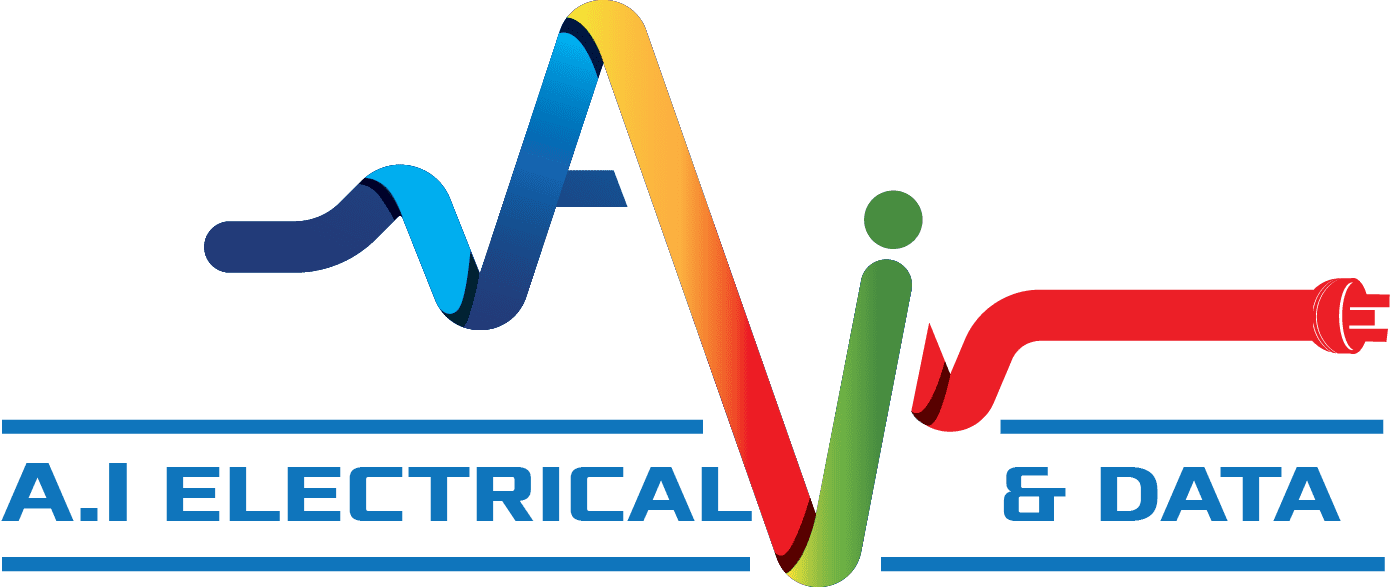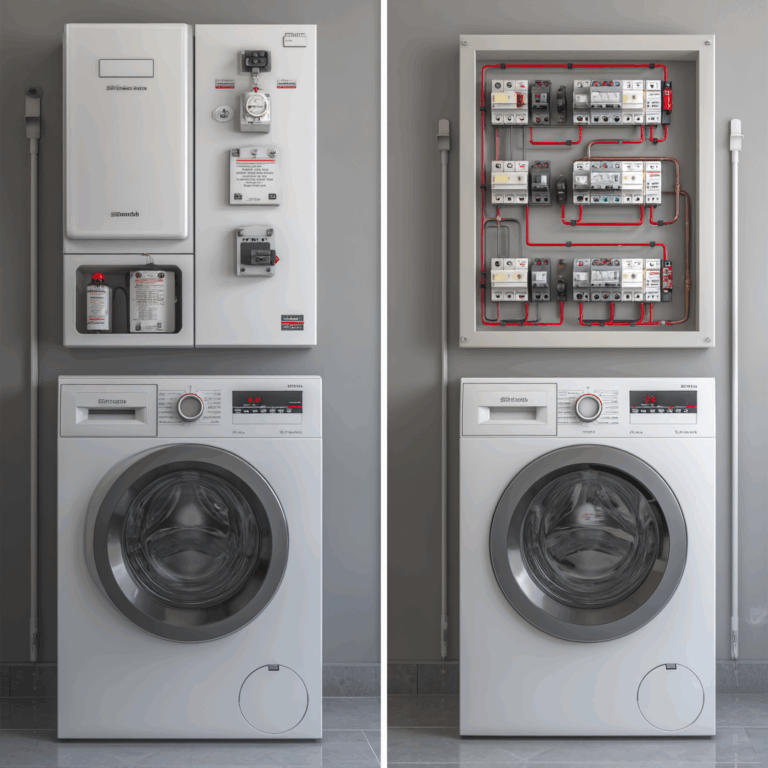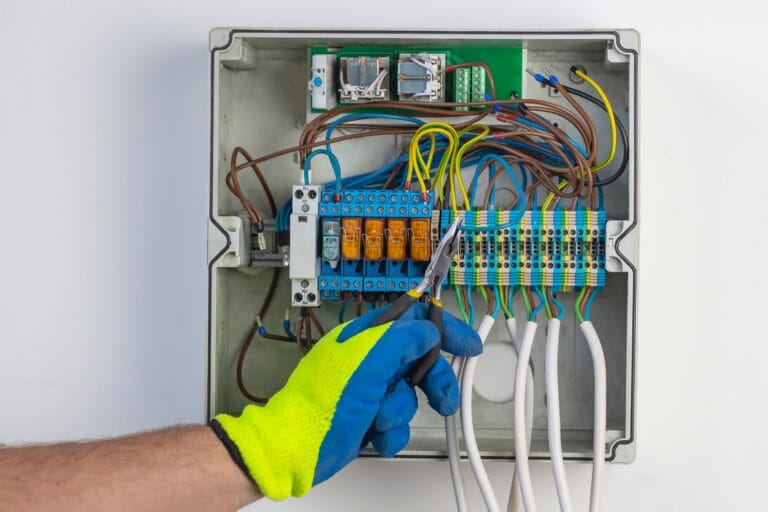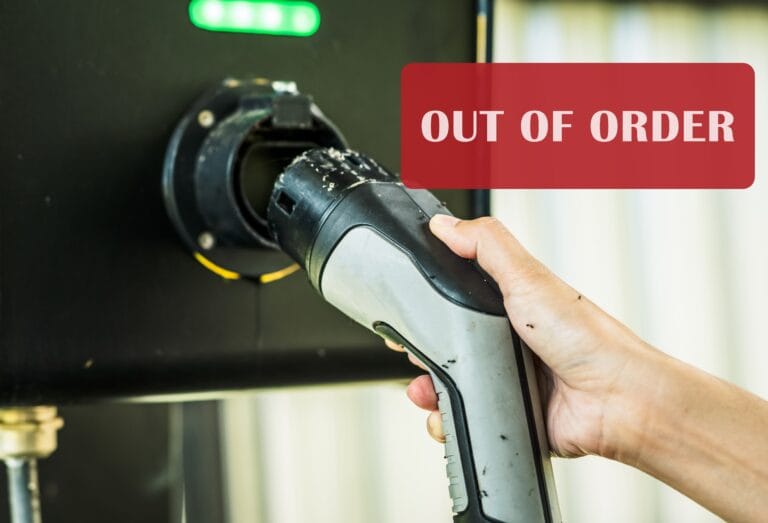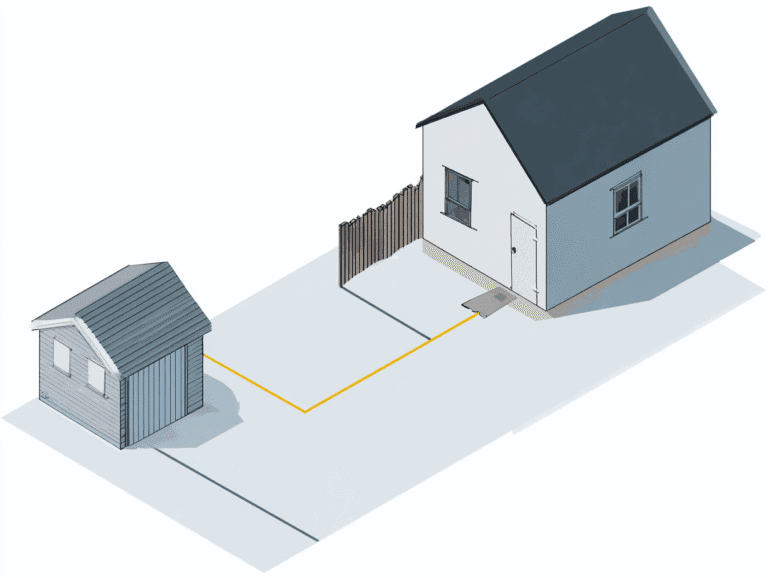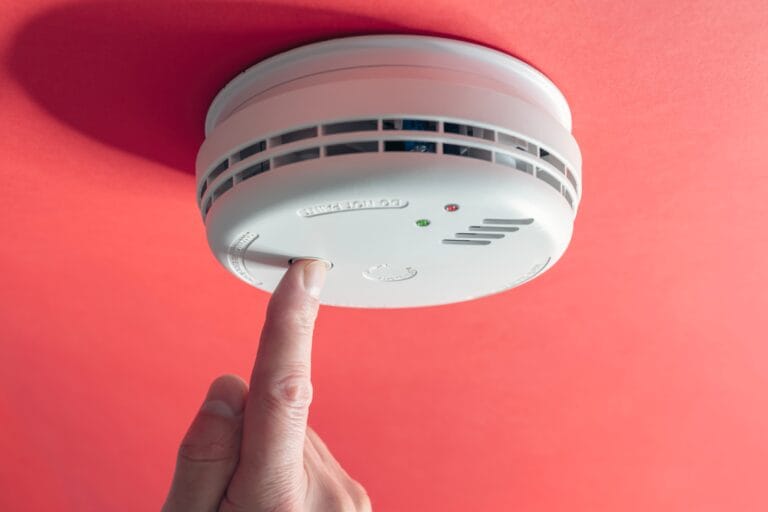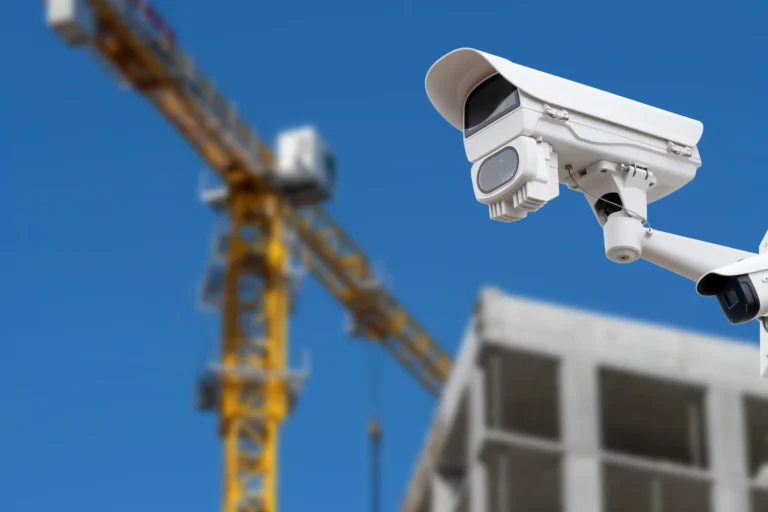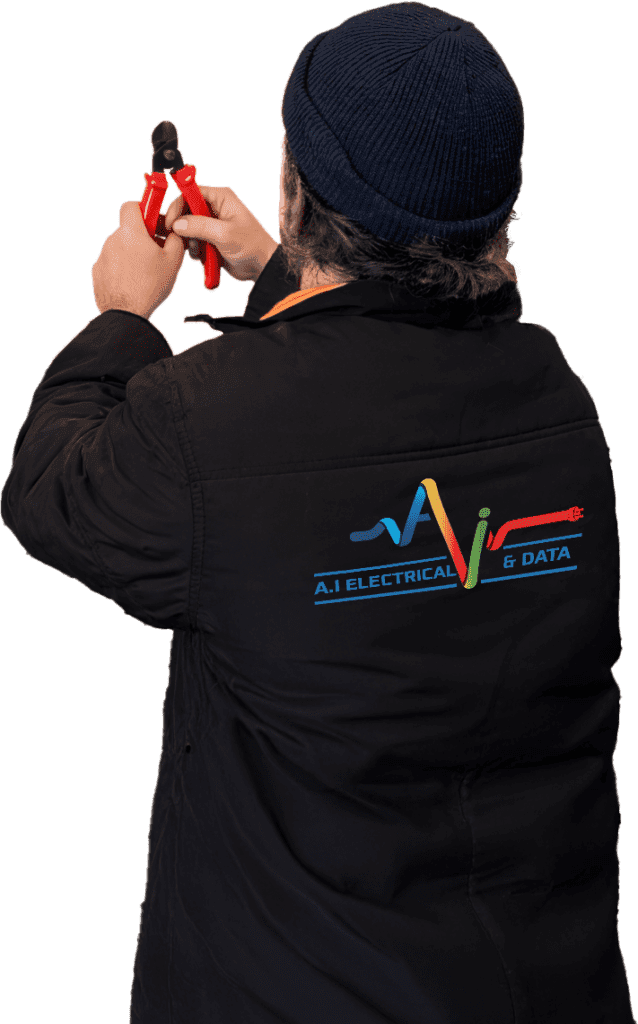Introduction
Melbourne’s commercial landscape is home to many architectural treasures, some of which have been around for over 30 years. Upgrading electrical systems in these old commercial buildings isn’t just about following regulations; it’s crucial for ensuring safety and improving efficiency. With the growing demand for modern infrastructure, property owners and managers must find ways to update their buildings while preserving their historical character and avoiding excessive costs.
Key challenges include:
- Safety Hazards: Old electrical systems can be dangerous.
- Compatibility Issues: Merging new technologies with outdated systems requires expertise.
- Initial Costs: Upfront investment can be significant but leads to long-term savings.
There are solutions available that are specifically designed to meet the needs of Melbourne’s historic buildings. Skilled commercial electricians offer strategic upgrades that seamlessly integrate with existing architecture while introducing cutting-edge technology.
For property owners and managers, it is crucial to understand these challenges and solutions. This knowledge not only protects the well-being of tenants but also increases property value and prepares investments for future technological demands. Upgrading electrical systems is a proactive step that addresses immediate issues and brings long-term benefits, ensuring Melbourne’s commercial buildings remain lively and functional in a rapidly advancing world.
These upgrades could involve various services such as appliance installations, lighting enhancements, or even data cabling to support modern technological needs.
Understanding the Current State of Electrical Systems in Aging Commercial Buildings
Common Characteristics and Typical Limitations
Commercial buildings in Melbourne, particularly those over 30 years old, often grapple with electrical systems that reflect the technology and standards of their time. These systems typically feature:
- Outdated Wiring: Many of these structures house aluminum or knob-and-tube wiring, which has proven less durable and efficient than modern copper alternatives.
- Limited Circuit Capacity: Designed originally for less demanding energy needs, older circuit panels can struggle to accommodate contemporary electrical loads.
- Inadequate Grounding: Older systems might lack proper grounding, increasing risks associated with electrical faults.
These characteristics pose significant challenges when trying to integrate newer technologies, such as energy-efficient lighting or advanced HVAC systems.
Impact on Safety, Efficiency, and Property Value
An outdated electrical system doesn’t just lag behind technologically; it also affects safety and efficiency:
- Safety Concerns: Old wiring can become a fire hazard. Faulty circuits and lack of grounding exacerbate these risks. Regular power outages and circuit trips become common occurrences, threatening both occupant safety and business operations. Conducting an electrical safety inspection is crucial to identify potential hazards.
- Operational Efficiency: Energy inefficiency in old systems leads to higher operational costs. Without modern energy management solutions, businesses face inflated utility bills without the option to optimize usage. Upgrading to more efficient systems can help mitigate these costs.
- Property Value Degradation: As safety concerns and inefficiencies compound, property values can decline. Potential tenants or buyers often view outdated systems as liabilities, necessitating costly upgrades before occupancy.
Addressing these limitations is crucial for Melbourne’s commercial real estate stakeholders who wish to maintain competitiveness in the market. This understanding underscores the urgent need for upgrades that not only align with current technological advancements but also ensure compliance with modern safety standards.
For those seeking to address these issues, professional assistance is readily available. Whether you require a commercial electrician for large-scale upgrades or a residential electrician for specific home-related issues, expert services are just a click away. Additionally, regular test and tag services can help ensure ongoing safety compliance in your electrical systems. For more information or to schedule a service, feel free to contact us.
Key Challenges Faced When Upgrading Electrical Systems
Upgrading electrical systems in Melbourne’s aging commercial buildings presents a series of challenges that require careful consideration and strategic planning. These challenges often stem from the inherent limitations of older infrastructures, which include safety hazards, compatibility issues with modern technologies, and significant financial investments.
Aging Infrastructure and Safety Hazards
Older commercial buildings frequently have electrical systems that no longer meet current safety standards. This issue poses risks not only to the structural integrity of the building but also to its occupants. Non-compliant systems may lead to:
- Increased fire hazards due to outdated wiring and overloaded circuits.
- Inadequate grounding, which can result in electric shocks or equipment failure.
- Regular power outages that disrupt business operations, affecting tenant satisfaction and retention.
Building owners must prioritize these safety concerns to protect their investments and ensure compliance with local regulations. For instance, installing safety switches can greatly reduce the risk of electric shocks or fires. Furthermore, regular maintenance and upgrades such as smoke alarm installations can enhance safety compliance.
Compatibility Issues with New Technologies
The digital age demands integration with smart building solutions designed to enhance efficiency and comfort. However, compatibility issues arise when attempting to merge these advanced technologies with outdated electrical infrastructures. Considerations include:
- The need for additional cabling and components to support smart devices.
- Potential disruptions during installation as existing systems are adapted or replaced.
- Complex interoperability between old and new systems, requiring specialized knowledge for seamless integration.
These compatibility challenges necessitate employing experienced technicians who understand both traditional systems and modern innovations. For example, integrating a security camera system into an older building may require extensive data cabling work.
High Initial Costs
One of the most daunting aspects of upgrading electrical systems is the high initial cost involved in renovation. Financial considerations for property owners include:
- Labor costs associated with hiring qualified professionals who can handle complex upgrades.
- Expenses related to new materials and technology required for modernization.
- Potential downtime during renovations, leading to temporary loss of rental income.
Despite these costs, investing in upgraded systems can significantly enhance property value over time while reducing long-term maintenance expenses.
Addressing these challenges requires a commitment to proactive planning and collaboration with industry experts like AI Electrical Data. By doing so, property owners can transform their aging structures into efficient, safe, and technologically advanced buildings capable of meeting contemporary demands.
Addressing Technical Expertise Requirements and Cybersecurity Concerns
Upgrading electrical systems in Melbourne’s aging commercial buildings demands not only a keen understanding of traditional wiring but also the ability to integrate cutting-edge technologies. Skilled technicians are essential for this transformative journey, bridging the gap between old and new infrastructures.
Skilled Technicians: A Crucial Asset
1. Comprehensive Knowledge
Technicians must possess a blend of expertise in historical wiring methods and modern technological applications. This dual knowledge ensures seamless integration of new systems without compromising existing structures. For instance, wiring and rewiring tasks require such expertise.
2. Certified Professionals
Engaging certified professionals guarantees adherence to safety standards and regulations. Their certification reflects an ability to handle complex systems, crucial for retrofitting projects that may involve outdated materials. It’s vital to recognize the 5 warning signs of unsafe home wiring that often get overlooked.
3. Continuous Training
As technology evolves, so should the skills of those implementing it. Continuous training programs can keep technicians updated on the latest advancements in smart building solutions and energy-efficient practices.
Harmonizing Traditional Methods with Modern Innovations
The successful modernization of Melbourne’s commercial buildings hinges on harmonizing traditional electrical methods with contemporary innovations. A collaborative approach among skilled technicians, cybersecurity professionals, and property managers can ensure upgrades meet both technical requirements and security standards.
This synergy fosters an environment where buildings are not only up-to-date but also resilient against evolving challenges, setting a benchmark for future-proofing properties in an ever-changing technological landscape. Whether it’s installing ceiling fans, providing emergency services as an emergency electrician, or simply ensuring safe wiring practices, professional expertise remains indispensable in this transformative journey.
Solutions for Modernizing Electrical Systems in Melbourne’s Aging Commercial Buildings
Modernizing electrical systems in Melbourne’s aging commercial buildings involves adopting cutting-edge technologies and leveraging available incentives. By integrating smart building technologies and utilizing government support, property owners can enhance efficiency, safety, and value.
1. Adoption of Smart Building Technologies
Integrating smart building technologies is a strategic approach to upgrading electrical systems. These innovations not only enhance operational efficiency but also provide real-time data for informed decision-making. Key technologies include:
- Energy Management Systems (EMS): These systems optimize energy consumption, leading to significant cost savings. By monitoring electricity usage patterns, EMS helps identify areas where energy efficiency can be improved.
- Predictive Maintenance Tools: Predictive maintenance reduces downtime by anticipating failures before they occur. This proactive approach minimizes disruptions and extends the lifespan of electrical systems.
- IoT Integration: Internet of Things (IoT) devices facilitate seamless communication between different building systems. This connectivity allows for automated adjustments based on real-time data, improving operational efficiency.
Implementing these technologies requires collaboration with experts who are skilled in both traditional and modern electrical system integration. For instance, hiring a professional commercial electrician can greatly assist in this transition.
2. Leveraging Government Incentives
Government incentives play a crucial role in making modernization projects financially viable. In Australia, various programs offer financial benefits aimed at encouraging upgrades in older properties:
- Tax Benefits: Businesses investing in energy-efficient upgrades may qualify for tax deductions or rebates. This reduces the overall cost burden on property owners.
- Grants for Upgrades: Specific grants are available for projects that focus on sustainability and technological advancement. These grants provide substantial financial assistance, making it feasible to undertake comprehensive upgrades.
Utilizing these incentives not only offsets costs but also accelerates the transition towards modernized infrastructure. Engaging with professional consultants ensures that property owners maximize available opportunities and comply with regulatory requirements.
Moreover, as part of the modernization process, switchboard upgrades might be necessary to accommodate new technology and improve safety standards.
Investing in these solutions transforms aging buildings into efficient, competitive assets within Melbourne’s dynamic commercial landscape. By embracing technology and leveraging financial support, property owners position themselves at the forefront of innovation while enhancing tenant satisfaction and building value.
Implementing Effective Retrofitting Strategies with Collaborative Planning from Licensed Contractors
Upgrading electrical systems in Melbourne’s aging commercial buildings is a task that demands precision, expertise, and strategic planning. Retrofitting strategies with licensed contractors play a critical role in ensuring the success of these projects. The key to effective retrofitting lies in developing a comprehensive plan that clearly outlines the scope of work, timeline, and budget.
Developing a Comprehensive Plan
1. Scope of Work
Defining the scope involves identifying all necessary upgrades, replacements, and installations. This includes assessing existing electrical systems for deficiencies, compliance issues, and potential enhancements through modern technology.
2. Timeline
Establishing a realistic timeline is crucial for minimizing disruptions to business operations. Collaboration with licensed contractors ensures that each phase—from initial assessment to final implementation—is completed efficiently.
3. Budget
Budget considerations are integral to the planning process. A detailed budget plan should encompass costs related to materials, labor, and any unforeseen expenses that may arise during the project execution.
Collaborative Planning with Licensed Contractors
Licensed contractors bring a wealth of experience and knowledge to the table:
- Expert Assessment: They conduct thorough evaluations of existing systems, identifying areas needing urgent attention.
- Technical Expertise: With familiarity in both traditional wiring methods and modern technology integration, they ensure compatibility with current standards.
- Compliance Assurance: Contractors are adept at navigating regulatory requirements, guaranteeing that all upgrades meet local codes and safety standards.
Advantages of Collaboration
Engaging licensed professionals facilitates seamless communication between stakeholders:
- Custom Solutions: Tailored strategies that address specific building needs while considering aesthetic and functional aspects.
- Risk Mitigation: Proactive identification of potential hazards or complications before they affect project timelines or budgets.
- Efficiency and Reliability: Ensures that electrical systems are not only compliant but also optimized for energy efficiency and reliability.
Implementing these strategies requires meticulous planning and collaboration with seasoned experts. This approach not only guarantees successful project outcomes but also enhances the overall safety, functionality, and value of Melbourne’s commercial properties.
Case Studies: Successful Examples of Upgraded Electrical Systems in Melbourne’s Commercial Sector
Real-life examples illuminate the path toward modernizing electrical systems in Melbourne’s aging commercial buildings. These case studies on upgraded electrical systems showcase how innovative solutions have effectively addressed challenges.
Case Study 1: The Iconic Collins Street Tower
As one of Melbourne’s renowned structures, the Collins Street Tower faced significant challenges due to its outdated electrical system. The building was over 40 years old, with an infrastructure that couldn’t support modern energy demands. A comprehensive upgrade was essential.
Key Solutions Implemented:
- Smart Building Integration: Installation of energy management systems allowed for real-time monitoring and efficient energy use.
- Safety Enhancements: Updated wiring and circuit breakers reduced the risk of electrical fires, aligning with current safety standards.
- Tenant Satisfaction: With improved lighting and HVAC systems, tenant complaints decreased significantly.
This project not only addressed compliance but also increased property value, illustrating the benefits of upgrading electrical systems.
Case Study 2: The Revitalization of Southbank Towers
Southbank Towers, a staple in Melbourne’s skyline, required a strategic approach to upgrade its 35-year-old electrical system. Compatibility with smart technologies was a primary concern.
Innovative Strategies Employed:
- Predictive Maintenance Tools: Utilized to anticipate issues before they arose, minimizing downtime and repair costs.
- IoT Devices Implementation: Advanced technology integration enabled remote access to building operations, enhancing efficiency.
- Government Incentives Leveraged: Benefited from local grants aimed at supporting green initiatives in older buildings.
The transformation resulted in a 20% reduction in energy consumption, demonstrating how embracing technology can future-proof commercial properties.
These case studies on upgraded electrical systems exemplify how overcoming infrastructural challenges is possible with strategic planning and cutting-edge solutions. These success stories serve as a testament to the potential gains for property owners ready to invest in modernization efforts.
Conclusion
Investing in upgrading electrical systems is not just about following regulations, but also a smart decision to improve tenant satisfaction and protect your property’s future. As Melbourne’s commercial buildings get older, the need for upgrades becomes more urgent. Outdated systems can lead to serious problems like safety risks and inefficiencies that lower property value.
Why Should Property Owners Take Action?
- Compliance and Safety: It’s important to ensure that your building meets current standards for legal compliance and the safety of occupants.
- Tenant Satisfaction: Modern electrical systems create a better living and working environment, which is crucial for keeping tenants happy.
- Future-Proofing Investments: By upgrading now, property owners can include smart technologies that provide better energy efficiency and long-term cost savings.
Finding solutions like smart building technologies, using government incentives, and working with licensed contractors will help you take a complete approach to modernization. There may be challenges along the way, but with skilled professionals leading the way, success is possible.
The next steps involve not only fixing current problems but also welcoming opportunities for new ideas. Upgrading electrical systems in Melbourne’s old commercial buildings is not just something that needs to be done—it’s an investment in the future.
